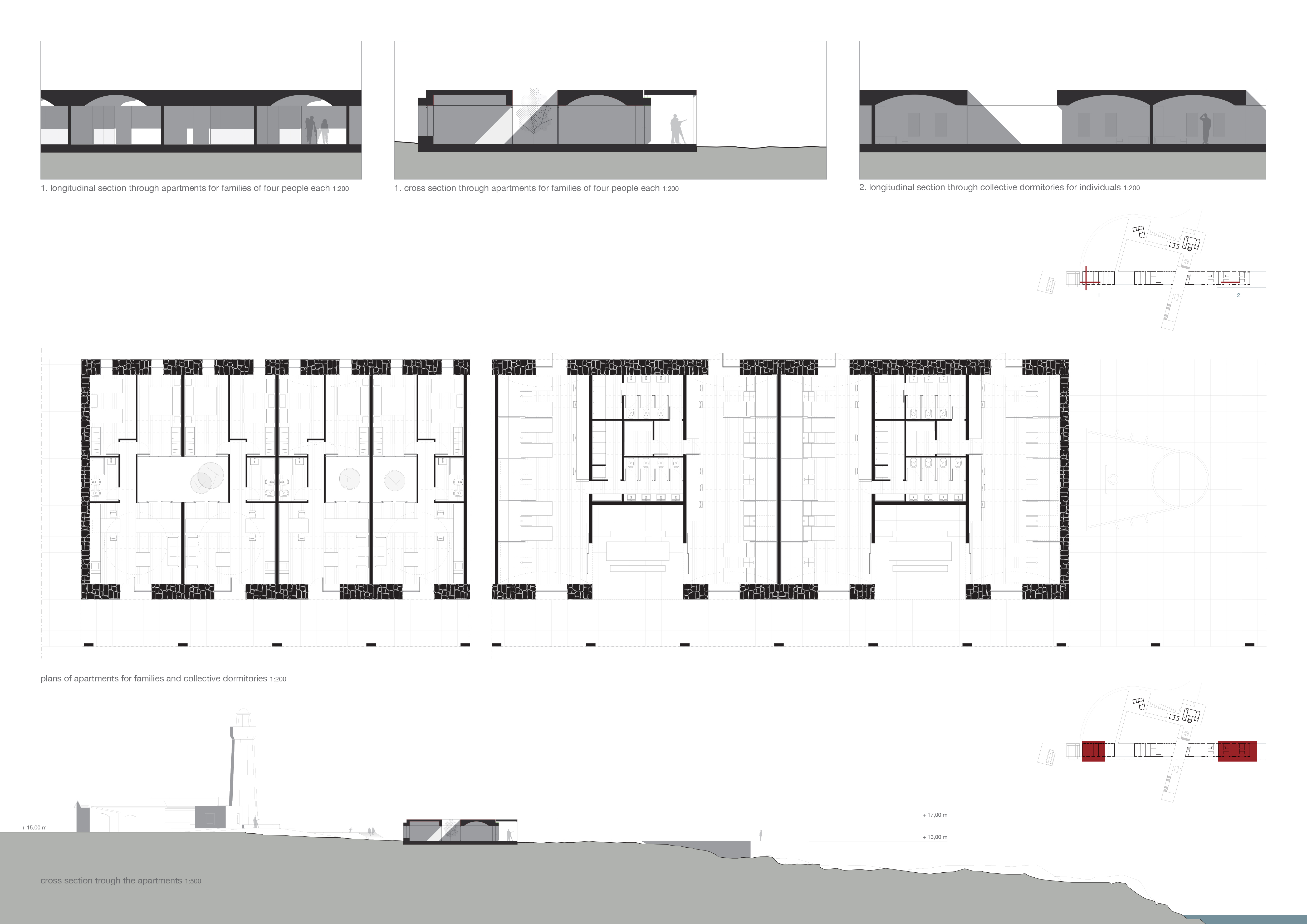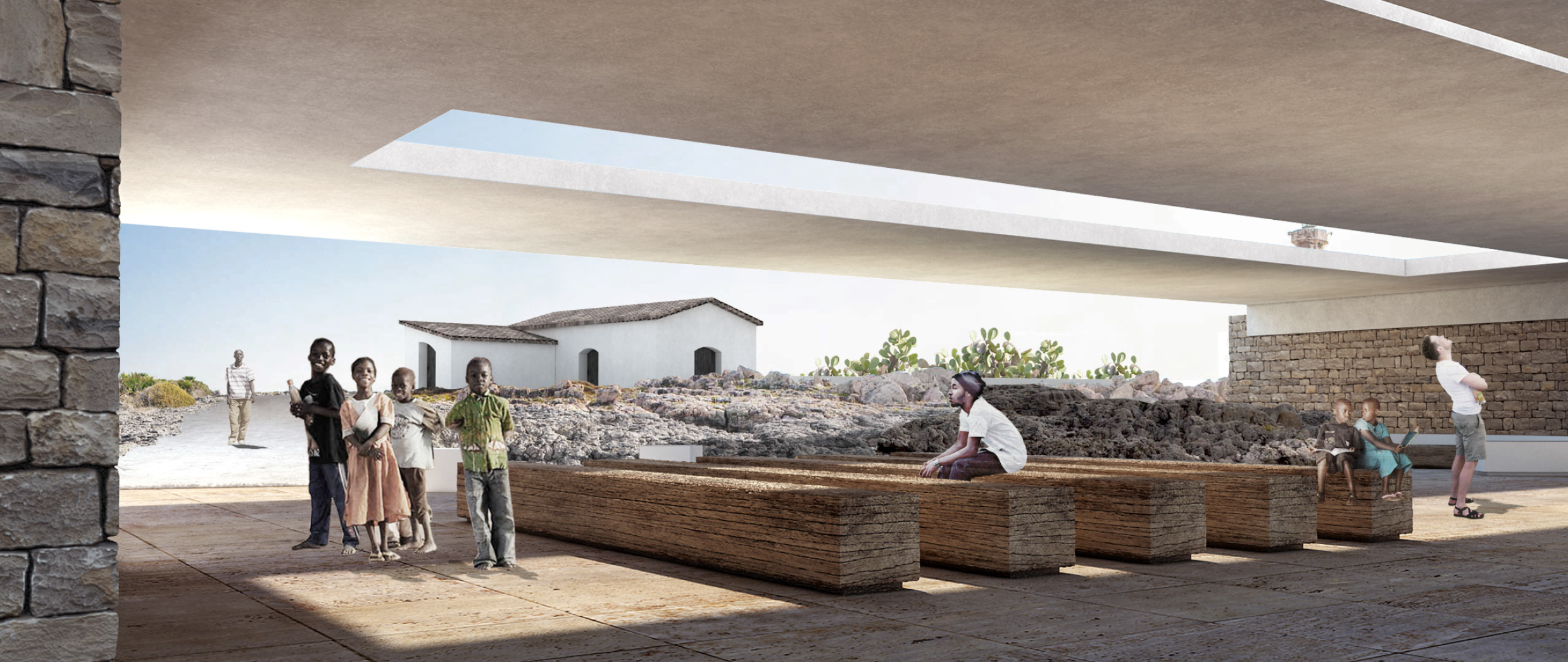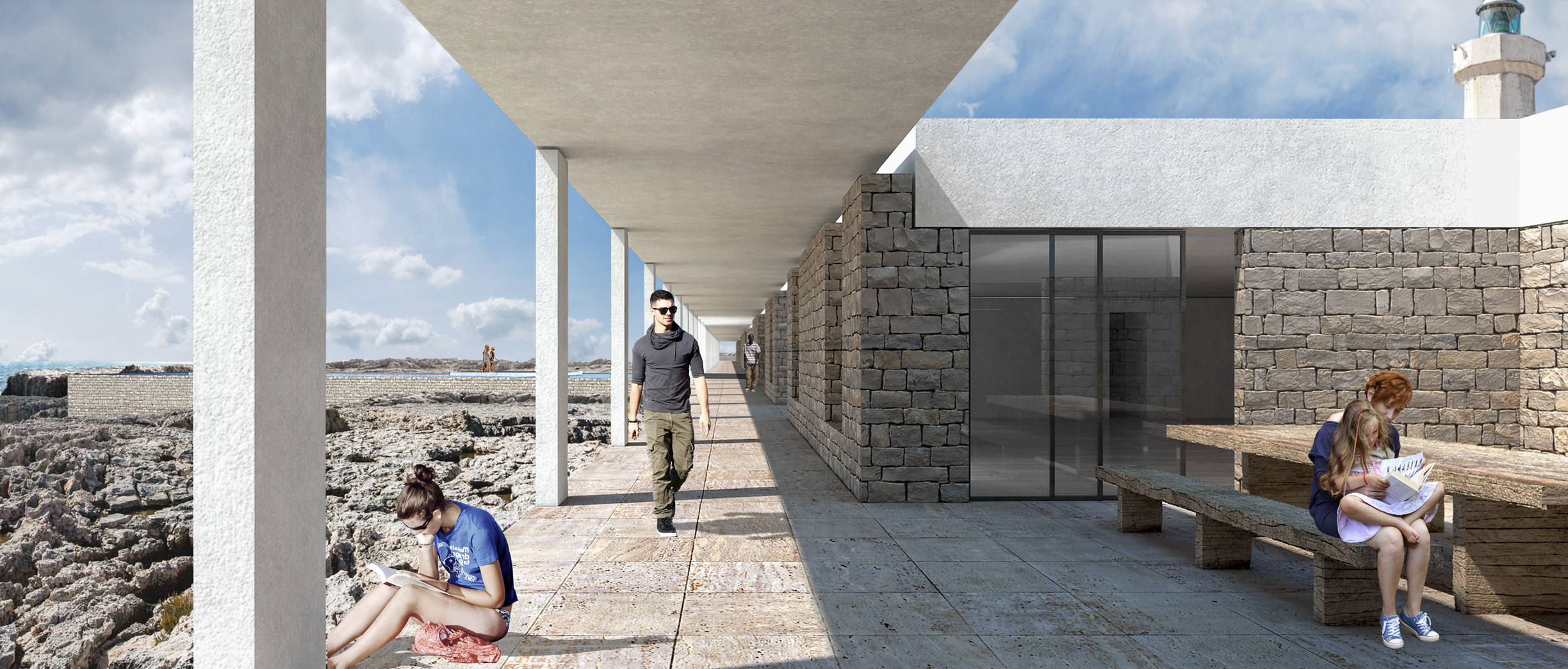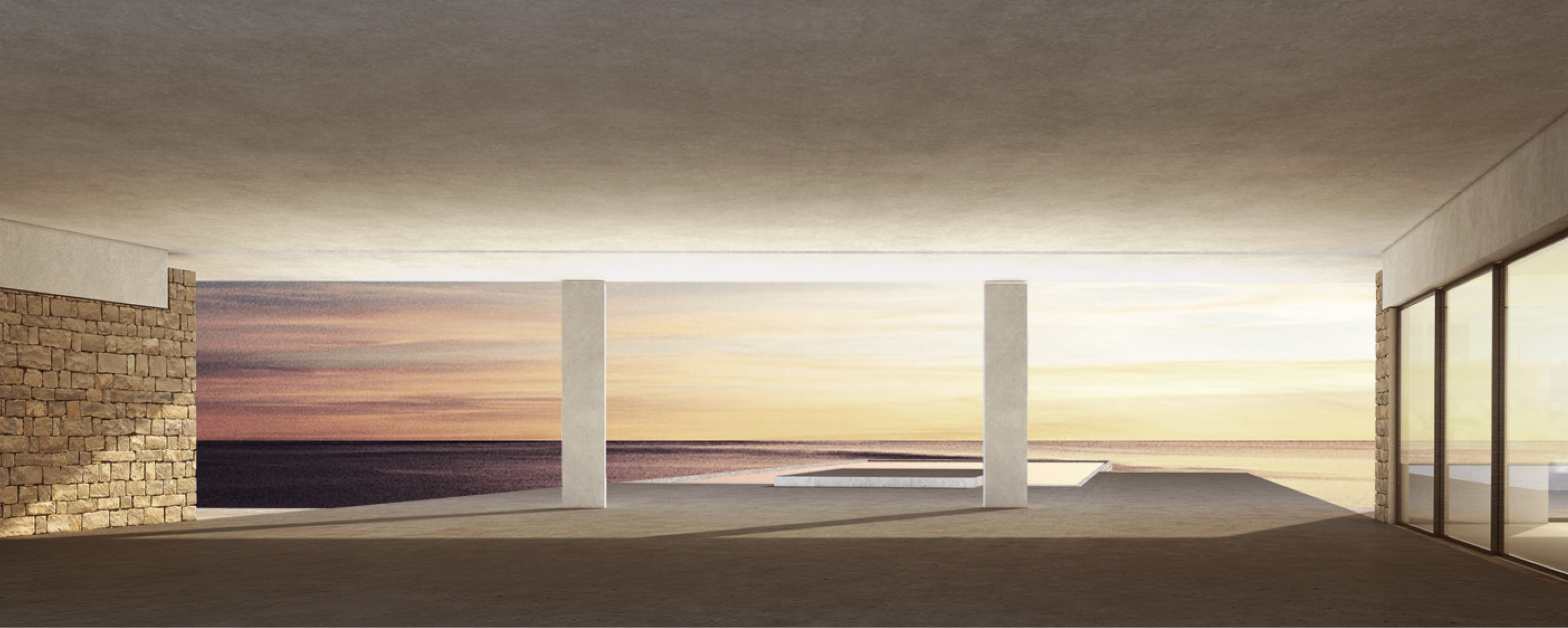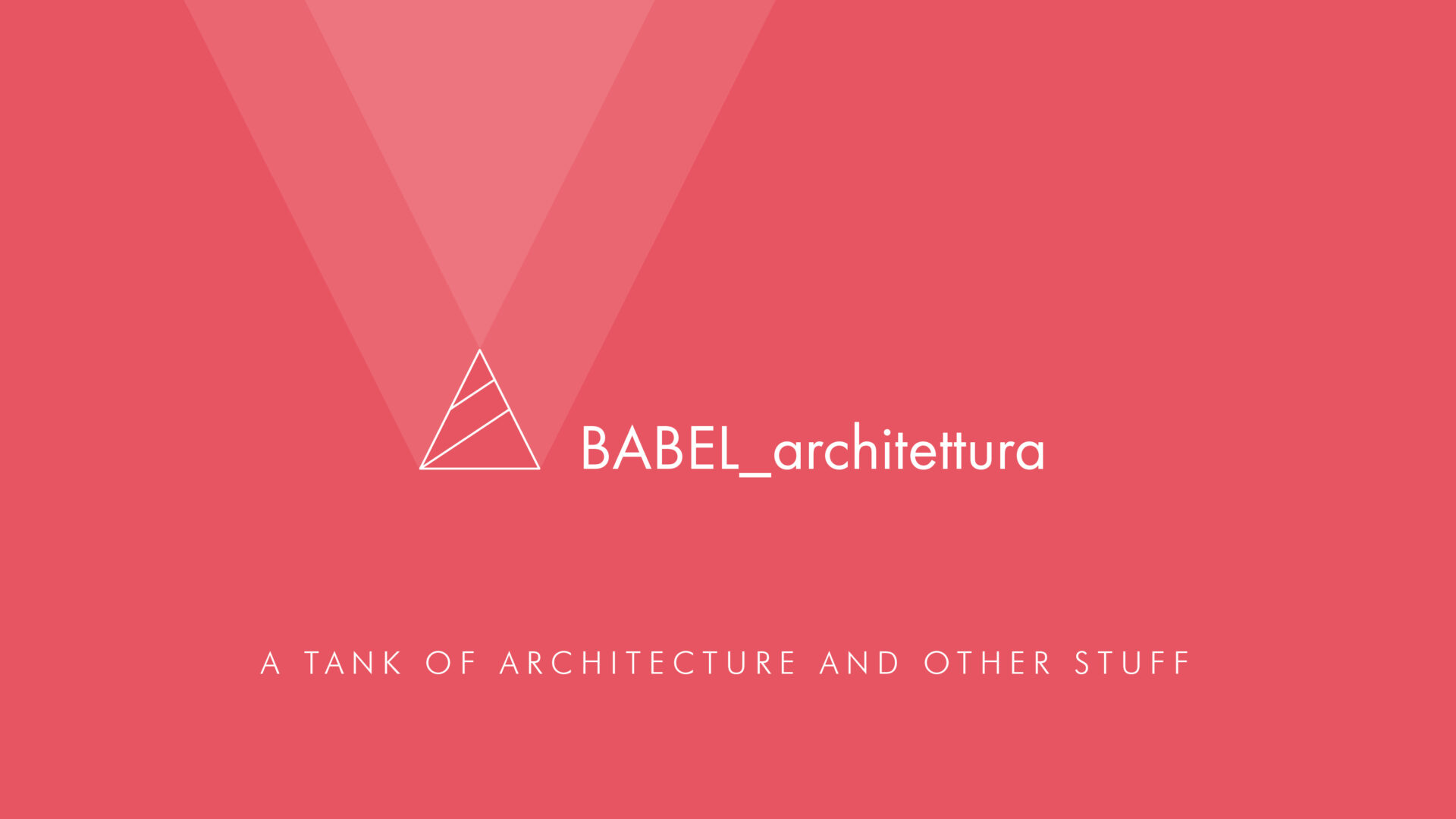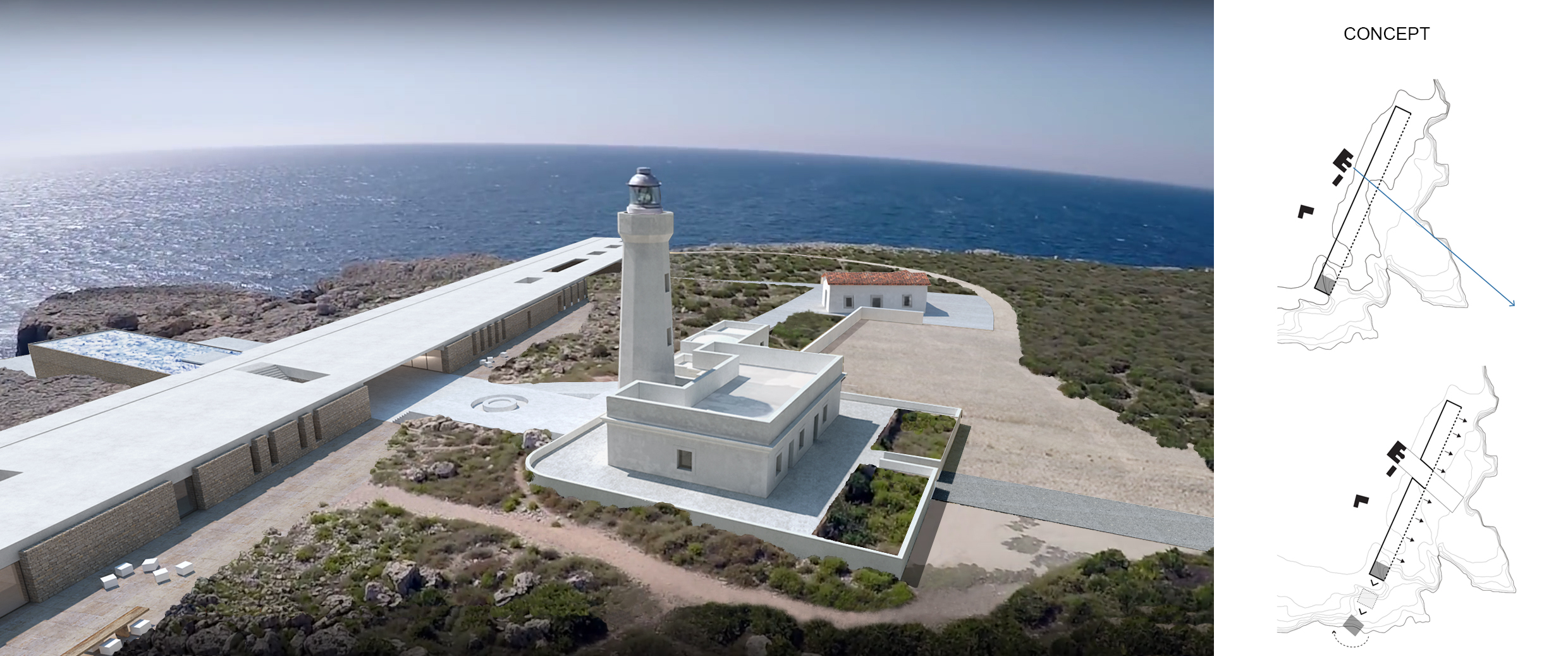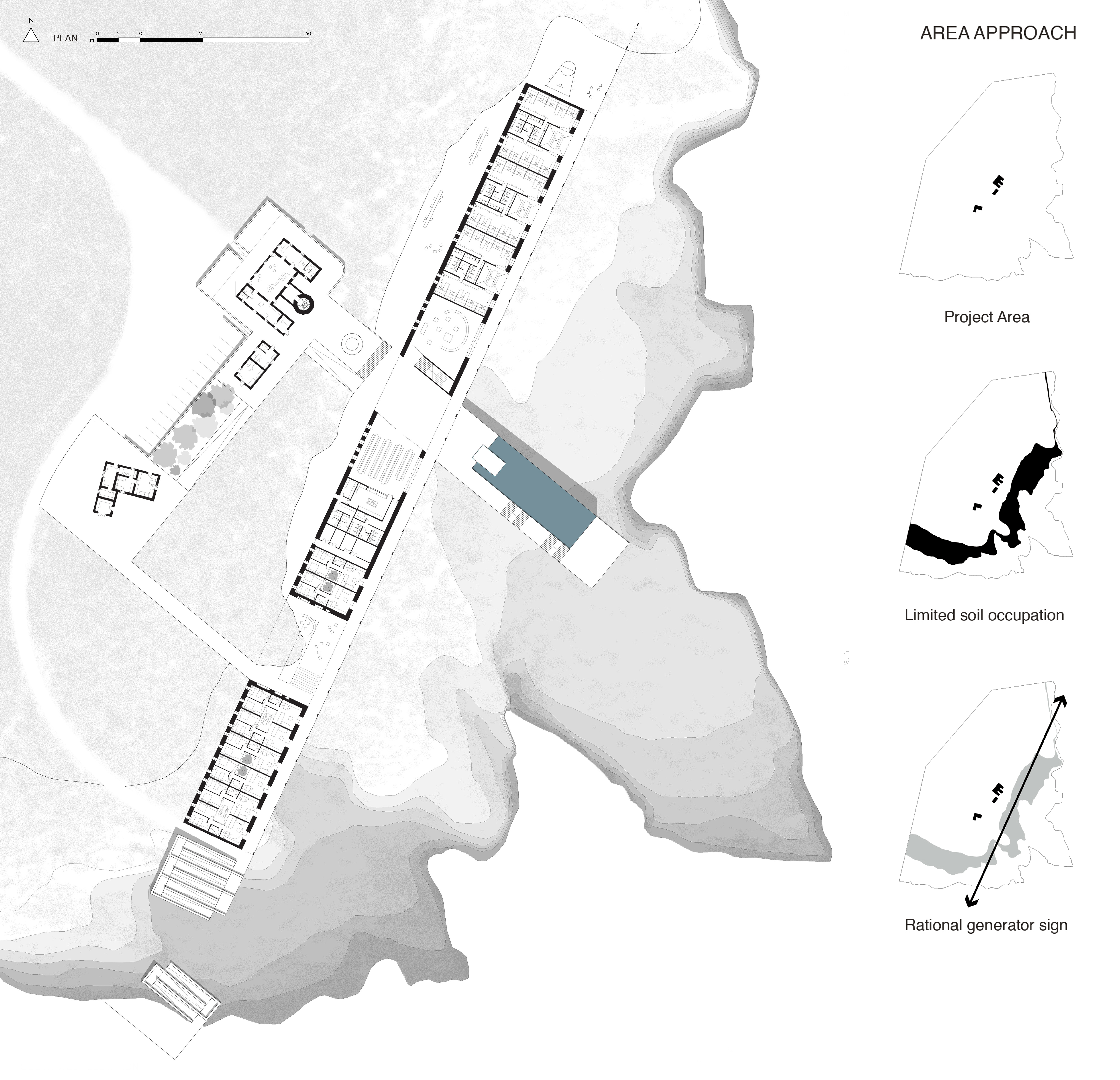
Year: 2016
Competition: YAC_Young Architect Competition
Where: Siracusa, Sicily, Italy
Team: Alessio Agresta, Federico Caserta, Francesco Casini, Fiamma Ficcadenti, Valeria Guerrisi
What: Multicultural Hotel for migrants and sustainable tourism.
Participant Project
A HOUSE FULL OF LIGHT_The Mediterranean Sea, Sicily, a lighthouse, a place to stay. These key words in the competition announcement raised in our minds the immediate need, urgent and necessary, to respond through our proposal to one of the main matters of our time. A thread of crucial importance holds together all these issues: refugees crisis.
Due to its geographical position, Sicily is the heart of Mediterranean Sea. Off its coasts, looking out Africa, astray, hundreds of lives ran away from countries devastated by ever-growing conflicts. Along history many people landed this special island, each of which has left an important cultural legacy.
Even though migrations are as old as humanity, it is true that we have not learned yet how to face this cyclical phenomenon, which today like never before have returns as one of the most controversial factors of change in our society. The widespread perception is that of a social upheaval of the order. For someone is an opportunity for growth and cultural exchange, for the most is the beginning of an invasion.
The redevelopment of Syracuse lighthouse was an opportunity to reflect on how to turn one of the hot topics in Europe into opportunities for growth and integration. A headlight, according to its location, can indicate danger, position, is an architecture of mediation: we intended Murro di Porco as a bearer of a message of welcome.
Our idea consists in making the lighthouse a multicultural hotel, where migrants are hosted and, at the same time, are taught the management of a hotel in exchange for room and board. With the help of volunteers, they are given the opportunity to learn different trades well expendable once this period of shelter and education ends. Together with refugees, the lighthouse will be a hotel in every respect, although oriented towards a kind of solidarity tourism. This will give an extraordinary opportunity to make migrants and travellers get together, since we are convinced that only getting to know each other is possible to fight fears and prejudice.
The moment this emergency will cease this place can be used as a traditional tourist accommodation, both addressed to young people who prefer a hostel-like solution and to families who want to rent a summer house.
Integration is obviously a question that must be addressed toward Syracuse inhabitants also. Since the lighthouse is not that close to the city center, we didn’t want this place to become a contemporary ghetto. First of all we believe the beauty of this place can be itself attractive enough to invite people to come here: everybody can continue enjoying this wild reserve which in no way will be interdict to anybody. In this stands the decision not to put barriers to divide the building from the rest of the promontory. A central brazier, where people can sit together, is symbol of this openness and ancestral sense of community this project wants to recall.
Barriers can consist of walls but also in the impossibility of enjoying the beauty of this place entirely. In this sense the new intervention wants to be a device that allows a reading of the territory in all of its part, opening this possibility to everybody, even to disabled people. Because we think beauty is democratic, it’s unifying, it’s part of our cultural heritage.

The project generates its own spatiality by bringing together in a single sign every function required.
The presence of an apparently monolithic object, although decomposed in its interior according to the needs of a complex program, highlights the recognizability as central point of the architecture design: one single element identifiable as stable and reliable reference point, as well as a clear line of separation between the wildness of the context and the abstractness of the proposed stereotomic volume.
In addition to this stands the desire not to occupy the site diffusely, so avoiding to compromise the reading of the nature and the landscape characteristics in its entirety.
The parts not afflicted by the new construction are given the opportunity to maintain their current features: as not occupied by the new building they remain unchanged, wanting to recognize and exalt the specific beauty of the site as its main value.
From this approach comes the decision not to overlap new defined routes, rather reusing the existing anthropic signs adapted to the new requirements the project brings. The only additions are those necessary to provide a direct relationship with the sea. It is a system of compact ramps which slowly connect the height of the access to the lowest level.
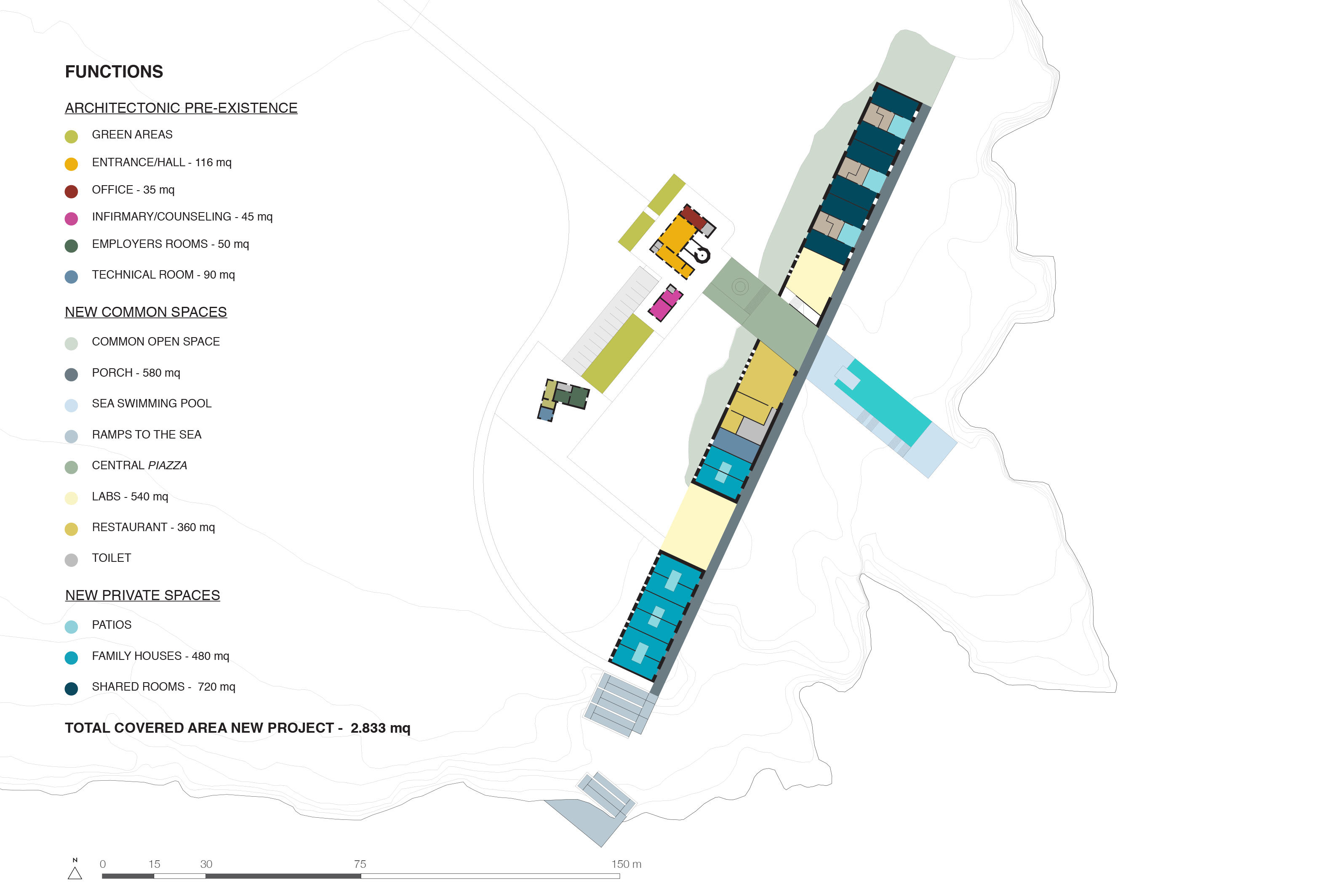
What apparently may look like an overlap between architectural sign and natural background, actually searches for a mutual contamination. The building does not alter the physicality of the area. Instead, settling on an existing and essentially constant height, generates a steady tension, especially when the soil distances itself or gets up.
In this desire to clearly distinguish what is existing nature from what is addition, the headlight plays a fundamental role. It is entrusted with the task of binding the double origin of natural base and artificial sign: it becomes an essential part of the new architecture, integrated functionally and planimetrically with the new building, without altering the geometry or the relationship between volumes.
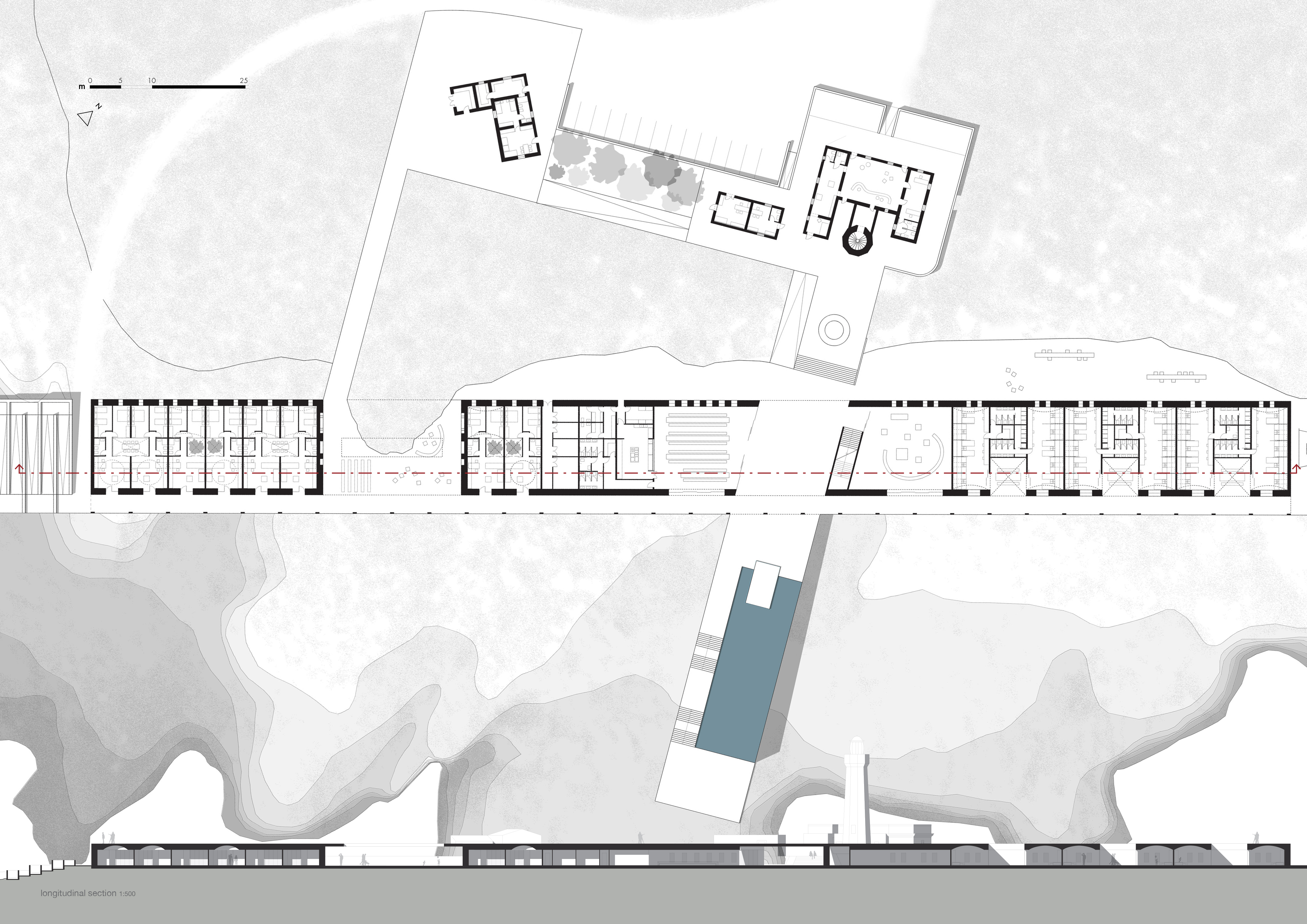
The existing buildings are reused respecting their original architecture, aware of their importance as characterizing elements of the esthetic and collective imaginary of the surrounding landscape.
The reception and the staff facilities are allocated in the main body of the lighthouse, as well as the more delicate functions aimed to give psychological and medical support.
An already iconic element becomes the access to the new structure and landmark in the promontory, assuring its visibility both from each part of the area and the sea.
But its presence translate into a functional visibility in concert to the social meaning the new complex want to achieve.
The architectural language adopted arises from the critic observation of Sicilian vernacular architecture. The project wants to summarize the wealth of technical, typological and formal knowledge belonging to the most interesting and poetic culture of the island. The wall, the concrete vault, the stone and the light are the generator elements of architectural space in Sicily. The building is a mix of these elements, reinterpreted yet from the definite and stereotomic volumes, as well as from the clear tectonic construction.
This synthetic, though complex, juxtaposition of elements, recalls the buildings of the ancient Sicily, land of maturation of classic taste which determined the modern aesthetic development in architecture. According to the classical principle of architectural composition, the project is defined by a riproposition of the three basic elements: base/stylobate, pillar/column, roofying line/trabeation.
